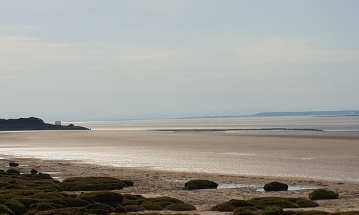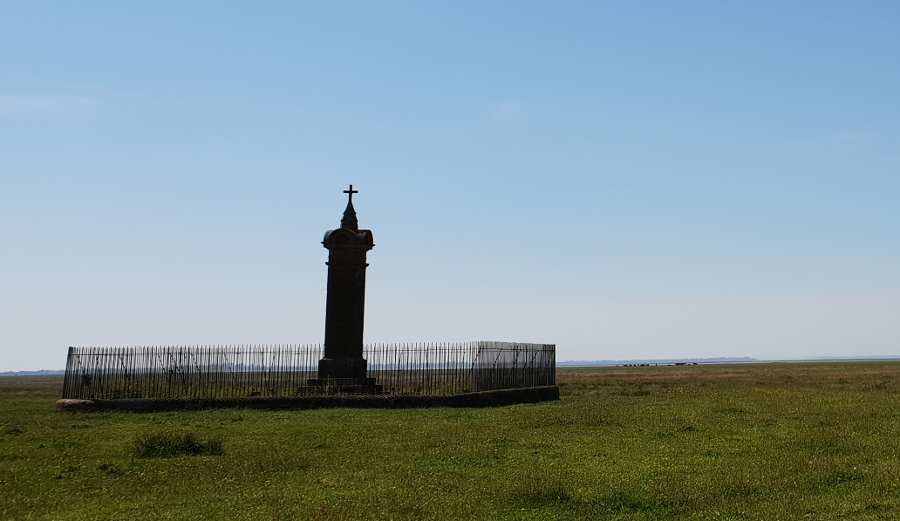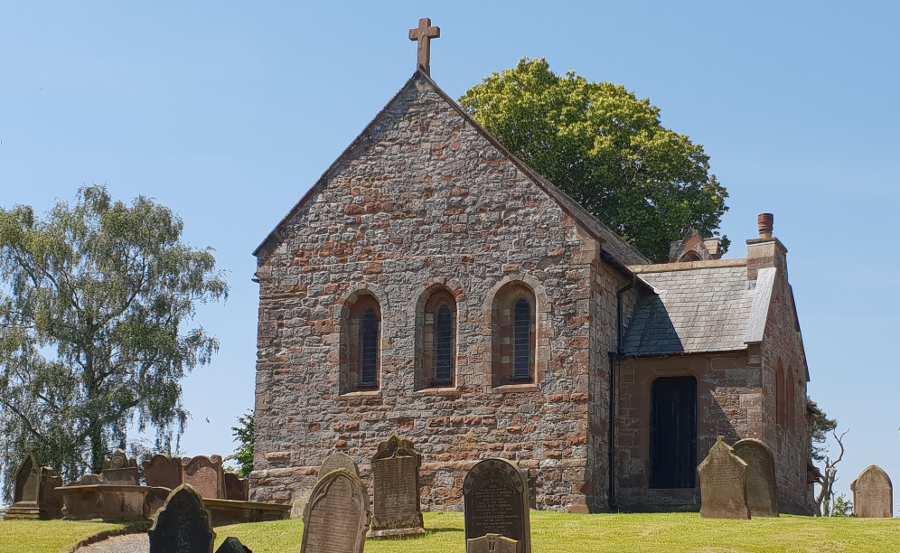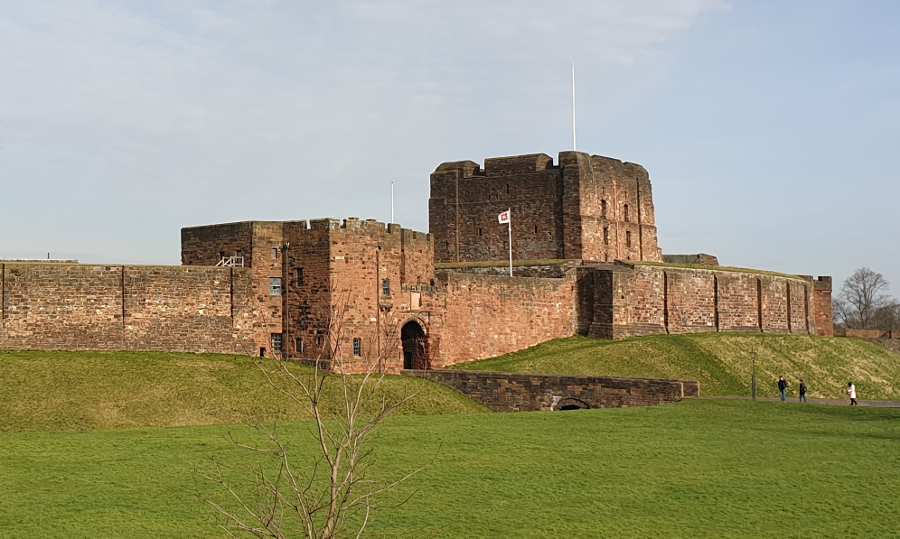Where Hadrian's Wall Isn't...
Discover the historic sites hiding all along Hadrian's Wall Path, even when the wall itself is (seemingly) missing.
Where Hadrian's Wall Isn't...
https://www.contours.co.uk/where-hadrians-wall-isnt
by Beth Pipe
Most people setting out along Hadrian’s Wall Path from Bowness-on-Solway will notice the distinct lack of wall. Please don’t panic, the wall will appear, in wall form, later in the hike. Secretly it’s with you even here at the start, it’s just been buried or recycled. Let me guide you along the early legs of this walk and point out some interesting things to look out for.
Before looking ahead along Hadrian’s Wall Path, first turn around and look at the view behind you. You should be able to spot a promontory jutting out into the estuary. This marks the site of an old bridge that used to span the river to Scotland. Over one mile long, the bridge allowed trains carrying iron ore to avoid the busy junction at Carlisle.

.jpg)
Icebergs demolished a third of the bridge in 1881, when the rivers Esk & Eden froze then thawed, unleashing giant blocks of ice that broke off and floated downstream. Although it was rebuilt, continually high demands for maintenance, coupled with a decline in railway traffic, rendered the bridge uneconomical and it closed in 1921.
The Highland Laddie Inn, just a short walk from Bowness, has several interesting old photographs and more about the history of the area.
.jpg) One of the places you can find stones from the wall is St Michael’s in Bowness-on-Solway. This pretty church marks the start of one of the ancient crossing points of the Solway Firth and is full of interesting local history, like the story of the bells at the back of the church.
One of the places you can find stones from the wall is St Michael’s in Bowness-on-Solway. This pretty church marks the start of one of the ancient crossing points of the Solway Firth and is full of interesting local history, like the story of the bells at the back of the church.
The bells we see today were stolen in retaliation for a previous theft — originally they belonged to two churches across the Firth. Each time a new vicar arrives over there, they ask for the bells back. So far no-one has handed them over.
The curious derelict harbour walls here are the only remaining reminder of an interesting nugget of local history. During the 19th century, the powers that be decided to turn Carlisle into a port. They dug a canal from the city out to what is now Port Carlisle (previously a quiet hamlet called Fisher’s Cove) to move people and goods around the coast.
Sadly, it didn’t succeed, and the canal was filled in and converted to a small branch railway line. That didn’t work out either and it all eventually closed in 1932.
Despite its name, this looks disappointingly unlike a castle (don’t worry, Carlisle Castle will more than make up for that in a few miles’ time) but it is made of stones from Hadrian’s Wall.
Drumburgh Castle was originally built as a pele tower in 1307 and, over the centuries, has gone through periods of use and decay before being fully restored in the 1970s. It’s now a private residence so we can’t look around the inside, but the outside still has many interesting features.
.jpg)
Burgh-by-Sands has two things going for it in my book: an excellent church and an excellent pub. Honestly, what more do you need? The church, again built with stones from the wall, is squat and defensive looking. That’s because it doubled up as a place of refuge for the villagers during raids from the north.
.jpg)
There is an excellent history trail through the churchyard which tells you all you need to know.
Not built with stones from the wall but definitely worth a visit, especially if you’re a history nerd. The monument marks the spot where King Edward I died out on the marshes whilst on his way to tackle Robert the Bruce. He lay in state in St Michael’s Church, as one of the few monarchs ever to lie in state outside of London, before being transported back to Westminster Abbey for burial.

This is the only church built directly on the line of Hadrian’s Wall — it’s also the site of an old Roman fort and Norman motte. If you visit it, you’ll quickly understand why. In a very flat part of the county, the small hill St Mary’s stands on would have made an excellent lookout point. It was this hill that gave the village its name, “Beaumont”, meaning “beautiful hill”, and it’s probably one of the smallest hills you’ll encounter along the route.

Due to its location this is, perhaps, one of the most fascinating castles in the entire UK. Ownership changed hands between England and Scotland several times over the centuries and Carlisle Castle has seen battles, sieges and the imprisonment of Mary Queen of Scots. If you have good weather for your walk then Bitts Park, behind the castle, is the perfect place to pause for your lunch.

The Cumbrian Rambler
Author of the Cumbrian Rambler blog and a whole host of fascinating outdoorsy books, Beth Pipe is a nosy hiker based in beautiful Cumbria.